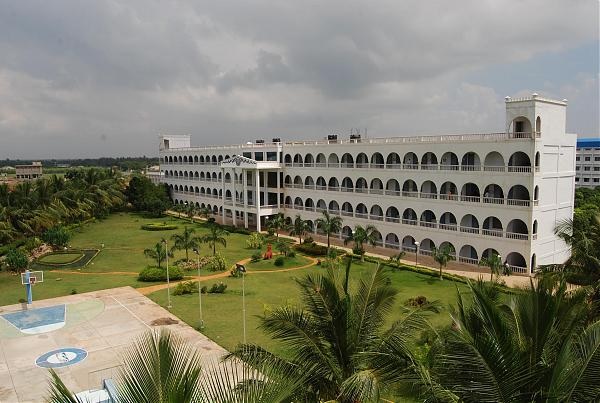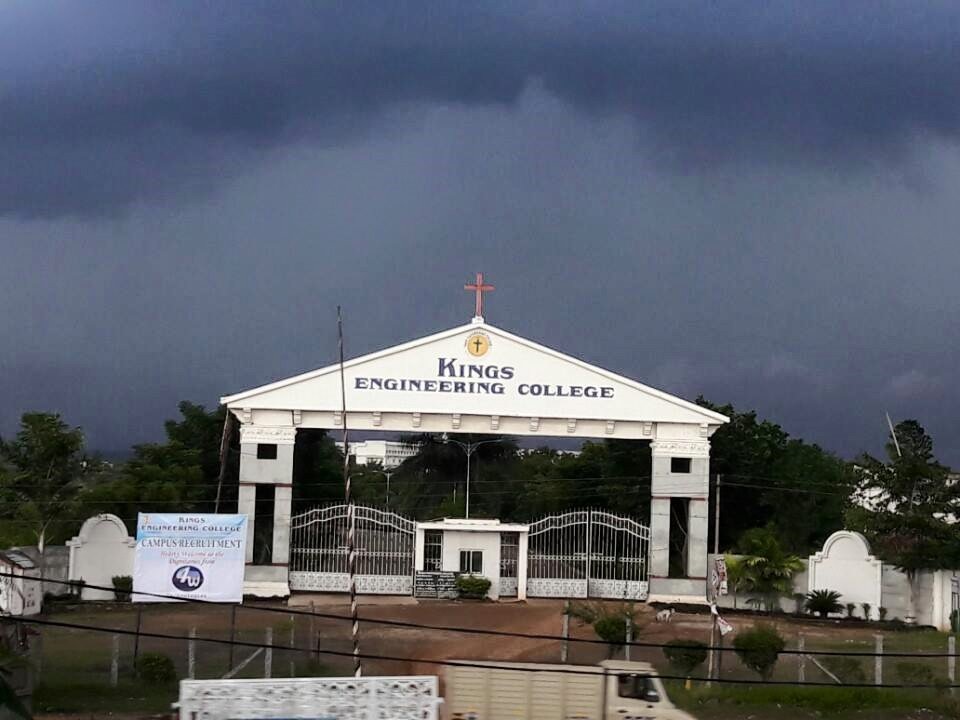CS2253 Computer Organization & Architecture Question Bank : kings.ac.in
Name of the College : Kings College Of Engineering
Department : Computer Science & Engineering
Subject : Computer Organization & Architecture
Website : kingsindia.net
Document Type : Model Question Paper
Download Model/Sample Question Paper : https://www.pdfquestion.in/uploads/ki…GANIWATION.pdf
Kings India COA Question Paper
Download Sample question for Computer Organization & Architecture from the above PDF links
Related / Similar Question Bank :
Kings College Computer Science Engineering Question BankArtificial Intelligence (CS2351)
Operating Systems (CS2254)
Database Management System (CS2255)
Unit I – Basic Structure Of Computers
PART – A :(2 Marks)
1. What are the registers generally contained in the processor?
2. Define interrupt and ISR.
3. Define Bus. What are the different buses in a CPU?

4. What is the use of buffer register?
5. Compare single bus structure and multiple bus structure.
6. What is System Software? Give an example.
7. What is Application Software?
8. What is a compiler?
9. What is text editor?
10. Discuss about OS as system software.
11. What is multi programming or multitasking?
12. What is elapsed time of computer system?
13. What is processor time of a program?
14. Write down the basic performance equation?
15. What is byte addressable memory?
16. What is big endian and little endian format?
17. What are condition code flags?
18. What are the commonly used condition code flags?
19. Define addressing mode.
20. What are the various addressing modes?
21. What are the four basic types of operations that need to be supported by an Instruction set?
22. What is assembler directive?
23. Define device interface.
24. Give an example each of zero- address, one-address, two-address and three address instructions.
25. Give the symbol of a full adder circuit for a single stage addition and give the expression for sum.
26. What is n-bit ripple carry adder?
27. What are the 2 ways to detect overflow in an n-bit adder?
28. What are the two approaches to reduce delay in adders?
29. What is booth algorithm?
30. What are the two attractive features of Booth algorithm?
31. What are the two techniques for speeding up the multiplication operation?
32. How CSA speeds up multiplication.
33. Write down the steps for restoring division and non-restoring division.
34. What is the advantage of non restoring over restoring division?
35. Briefly explain the floating point representation with an example.
36. What are the exceptions encountered in FP operation?
37. What are guard bits?
38. What are the ways to truncate guard bits?

PART – B : (16 marks)
1. (a) Explain the Differences between CISC & RISC. (8)
(b) Explain the various Instruction types? (8)
2. Write in detail about various addressing modes. (16)
3. Explain the various generations of Computer (16)
4. (a) Explain the Booth’s algorithm for multiplication of signed two’s complement numbers. (8)
(b) Explain the multiple bus organization in detail. (8)
5. Explain the floating point addition and subtraction (16)
6. (a)State the Non – restoring division technique (8)
(b)Draw and explain the flowchart of floating point addition process. (8)
7. Explain with a diagram the designs of a fast multiplier using carry save Adder circuit (16)
8. Give the block diagram for a floating point adder / subtractor unit and
discuss its operation (16)
Unit II – Basic Processing Unit
PART – A : (2 Marks)
1. Define data path.
2. What is known as multiphase clocking?
3. Define MFC.
4. What is WMFC?
5. What is mean by branch instruction?
6. Define register file.
7. What are the two approaches used for generating the control signals in Proper sequence?
8. What are the factors determine the control signals?
9. What are the features of the hardwired control?
10. What is microprogrammed control?
11. What is control word?
12. Define microroutine and microinstruction.
13. What is control store?
14. Name some register output control signals.
15. What is vertical organization and horizontal organization?
16. Compare vertical organization and horizontal organization.
17. What is the drawback of microprogrammed control?
PART-B : (16 Marks)
1. Explain the concept of hardwired control unit (16)
2. Explain the concept of micro programmed control unit (16)
3. a. Sketch and explain the multiple bus organization (8)
b. Explain the execution of complete instruction (8)
4. Explain in detail about nano-programming (16)
Unit III – Pipelining
PART-A : (2 Marks)
1. Name the four steps in pipelining.
2. What is data hazard?
3. What are instruction hazards?
4. What are called stalls?
5. What is structural hazard?
6. What is said to be side effect?
7. What is branch folding?
8. Define speculative execution.
9. What is called static and dynamic branch prediction?
10. What are condition codes?
11. What are superscalar processors?
12. What is imprecise and precise exception?
PART-B :(16 Marks)
1. Describe in detail about pipeline processing. (16)
2. a. Explain in detail about data hazards (10)
b. Briefly explain about different types of exception. (6)
3. Explain in detail about instruction hazards (16)
4. Explain in detail about the following
a) Influence on instruction set (8)
b) Data path considerations (8)